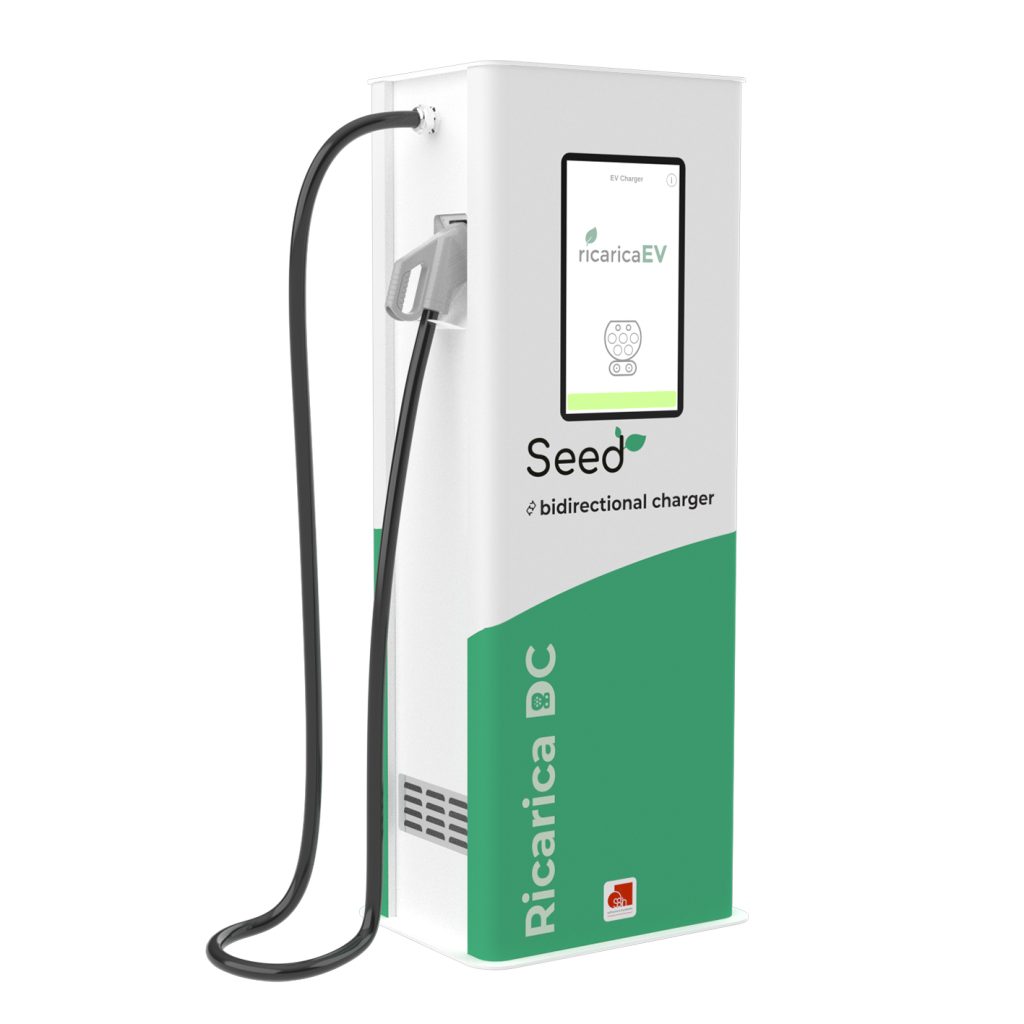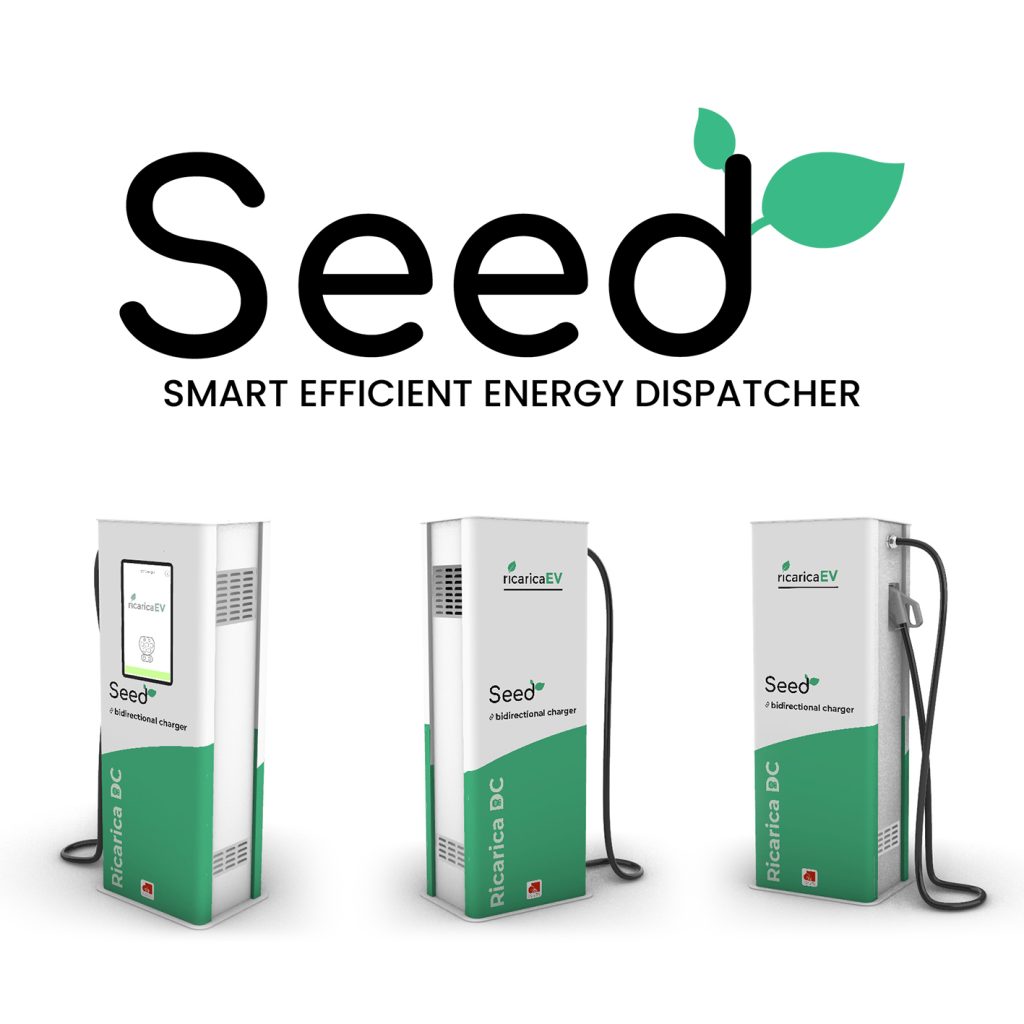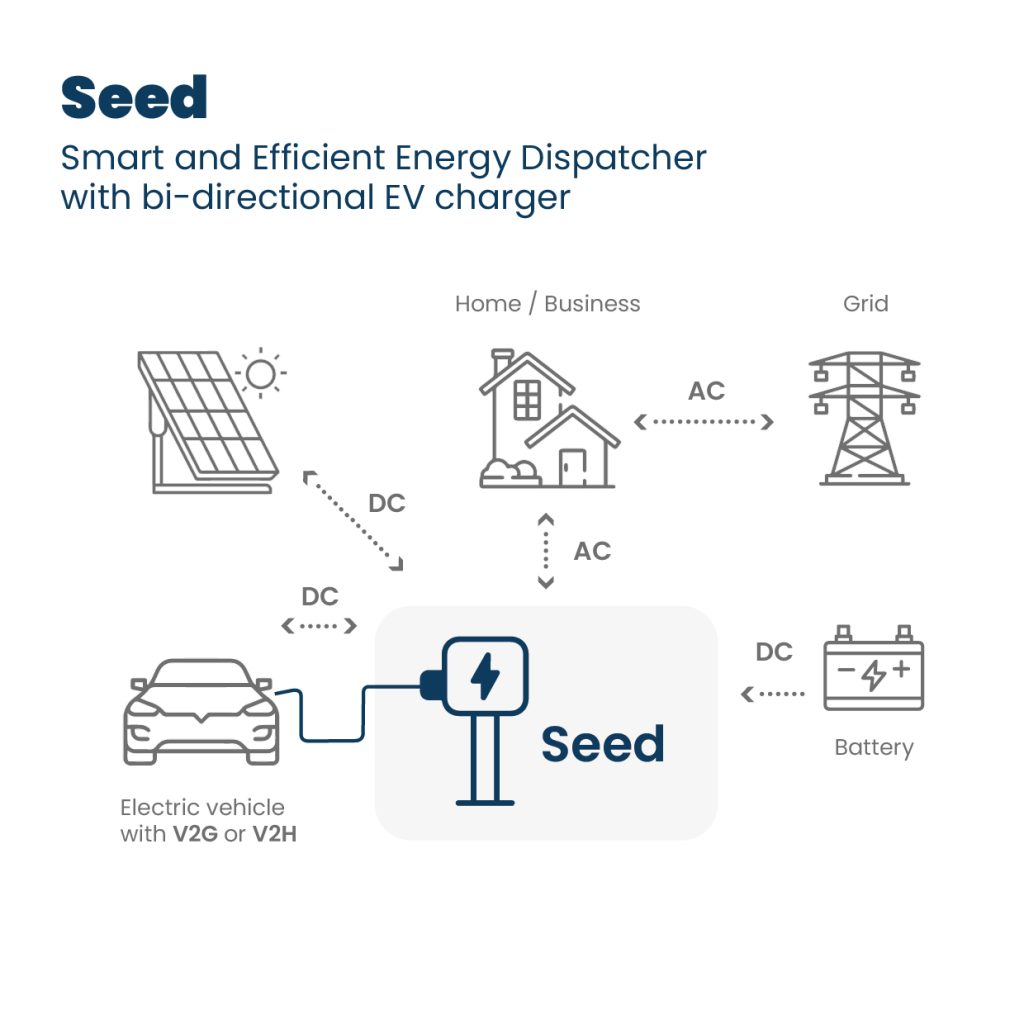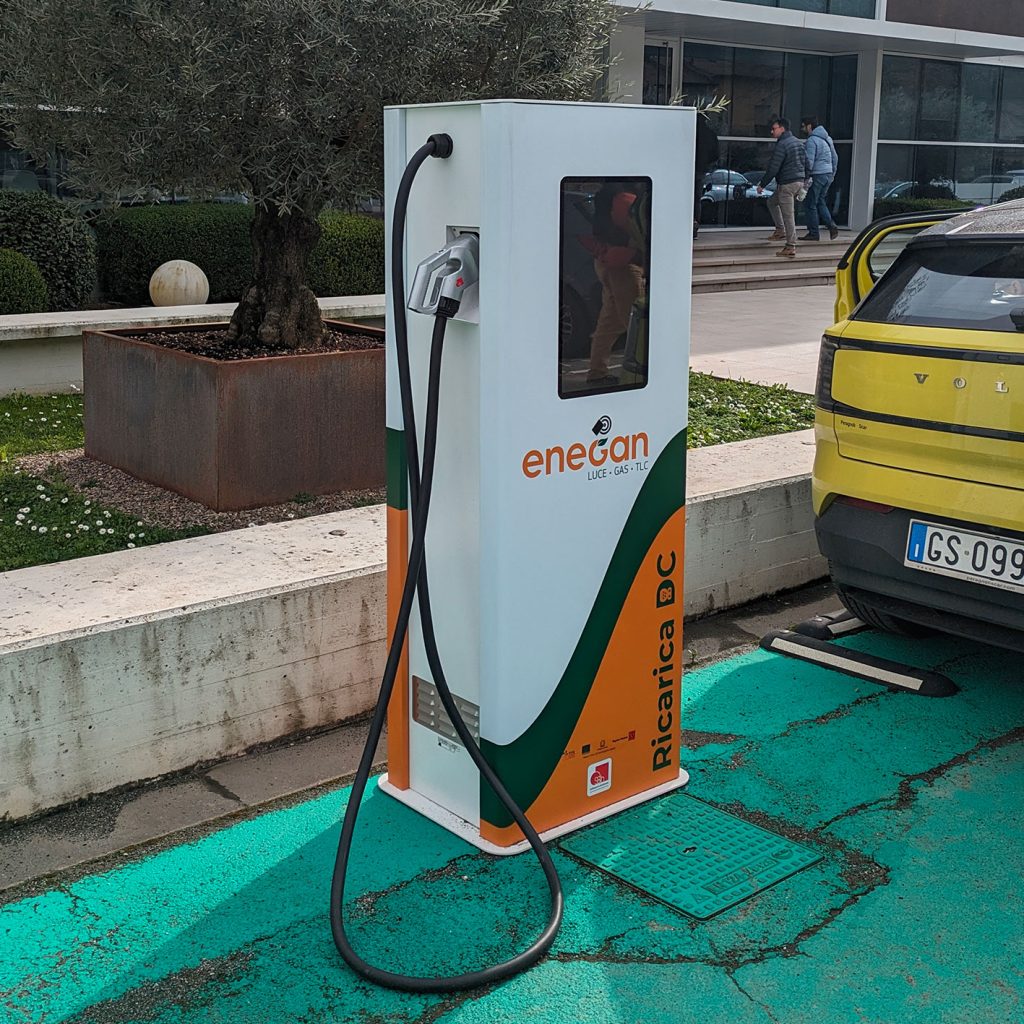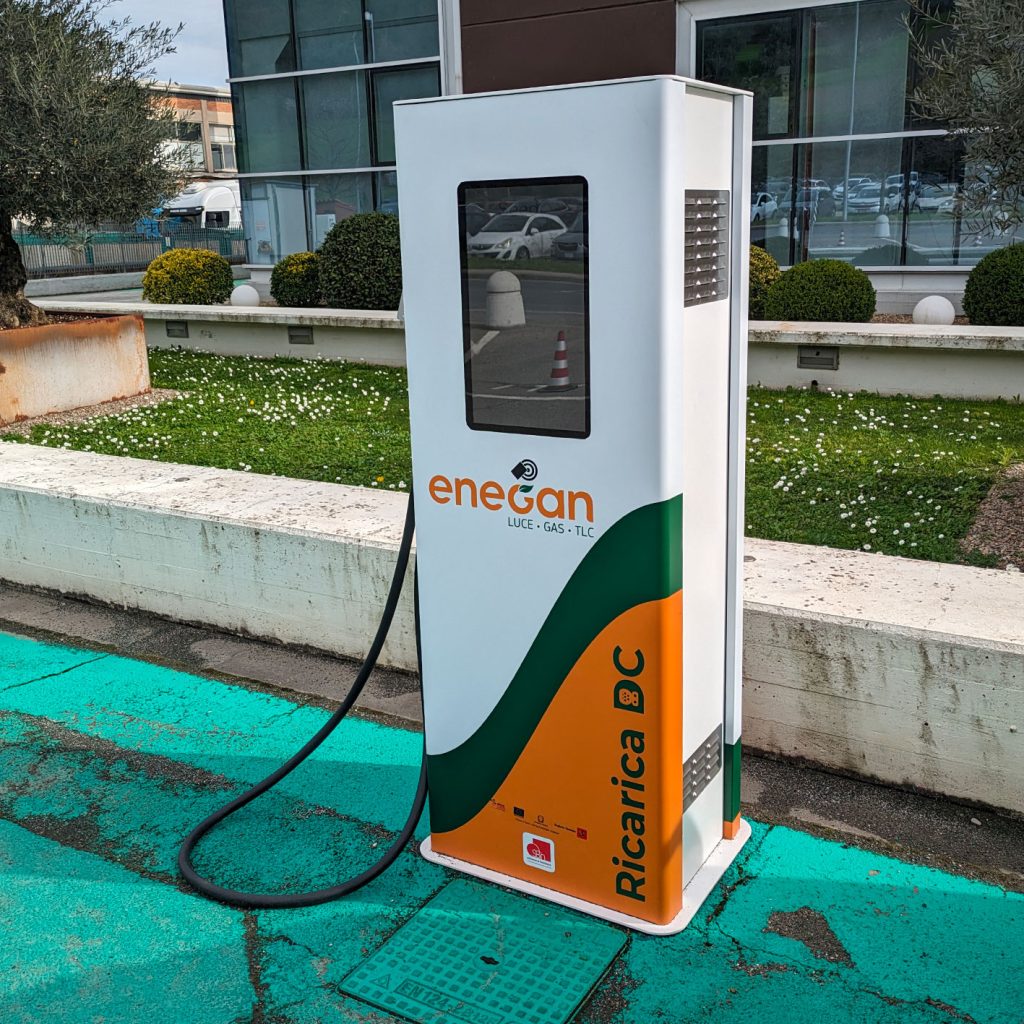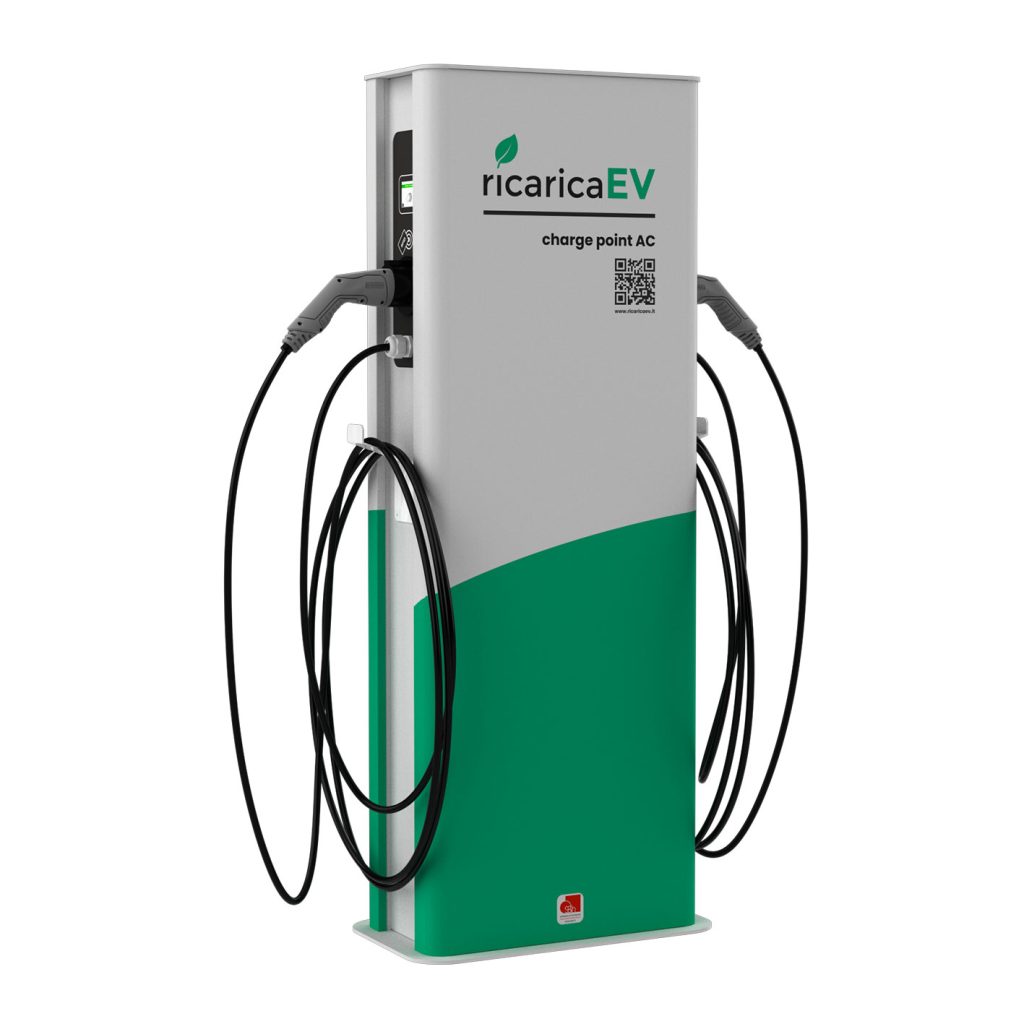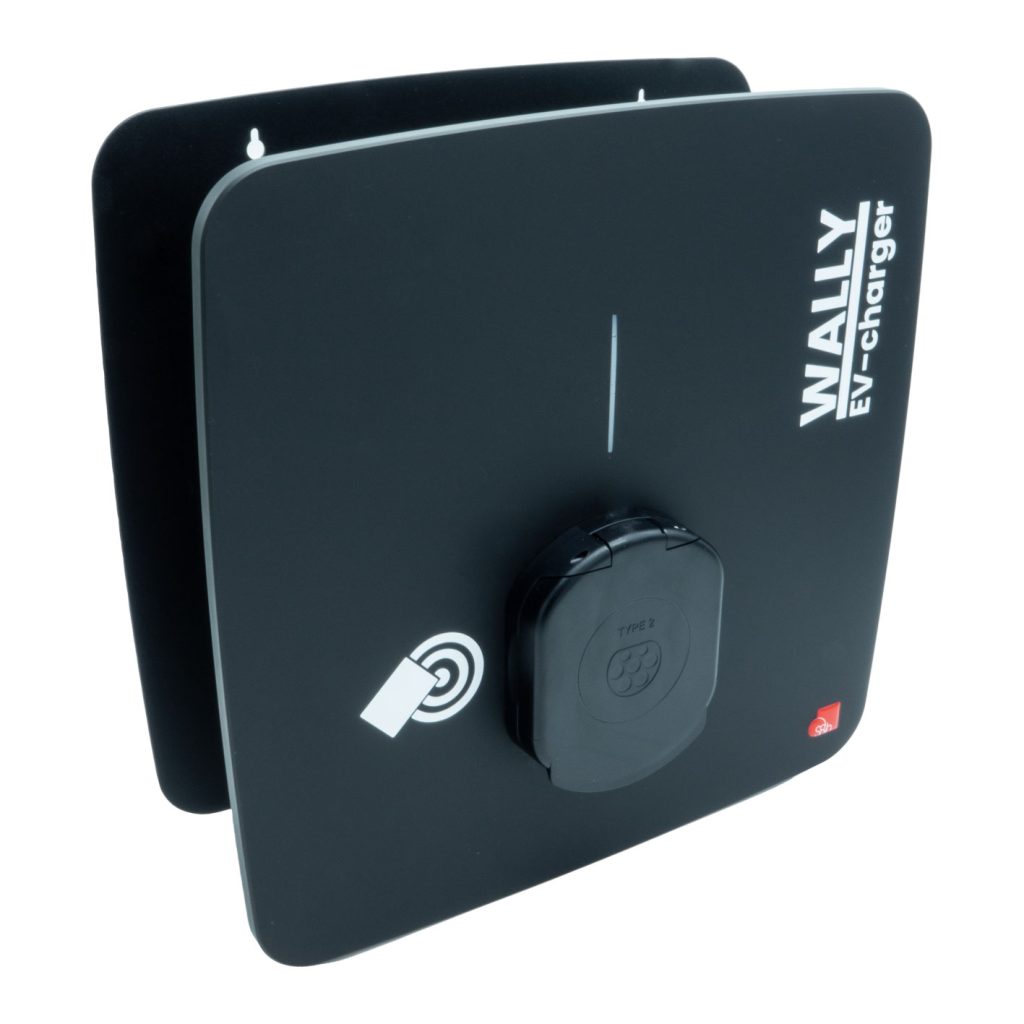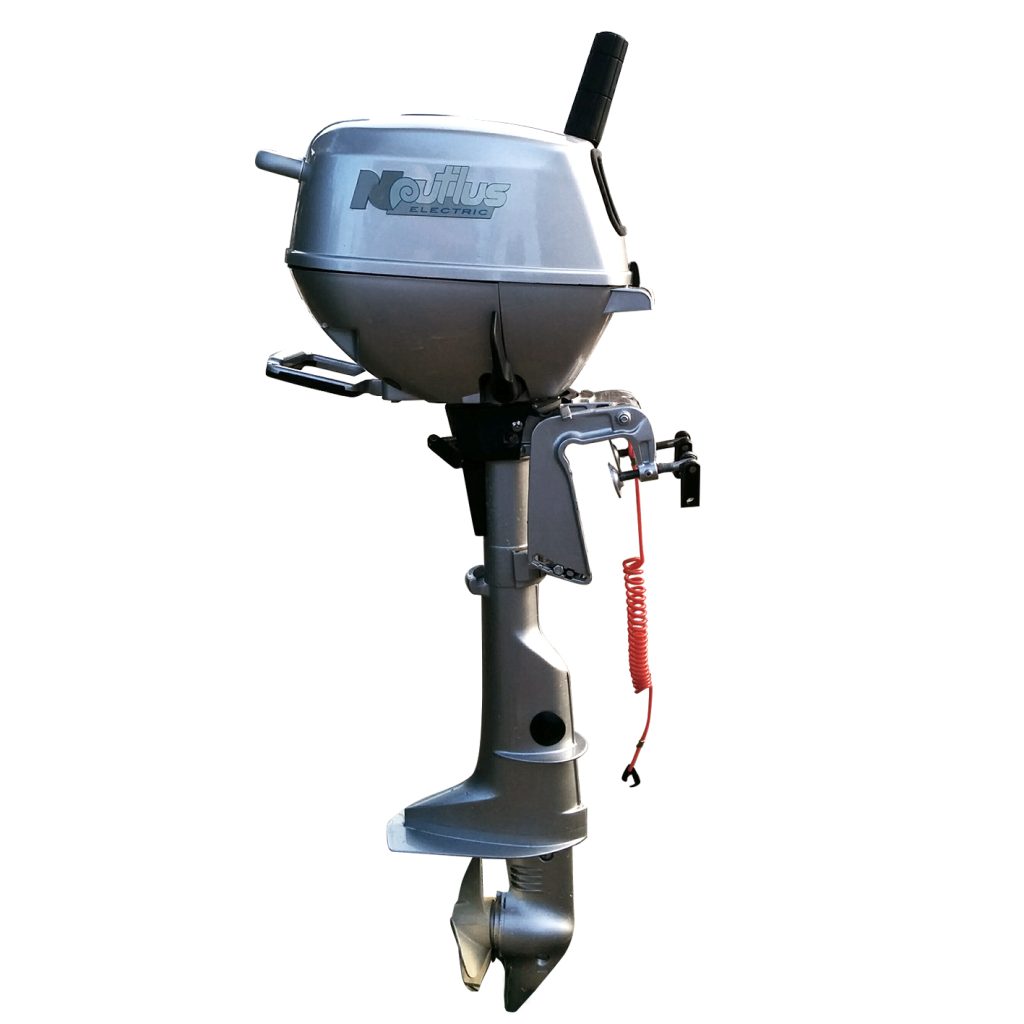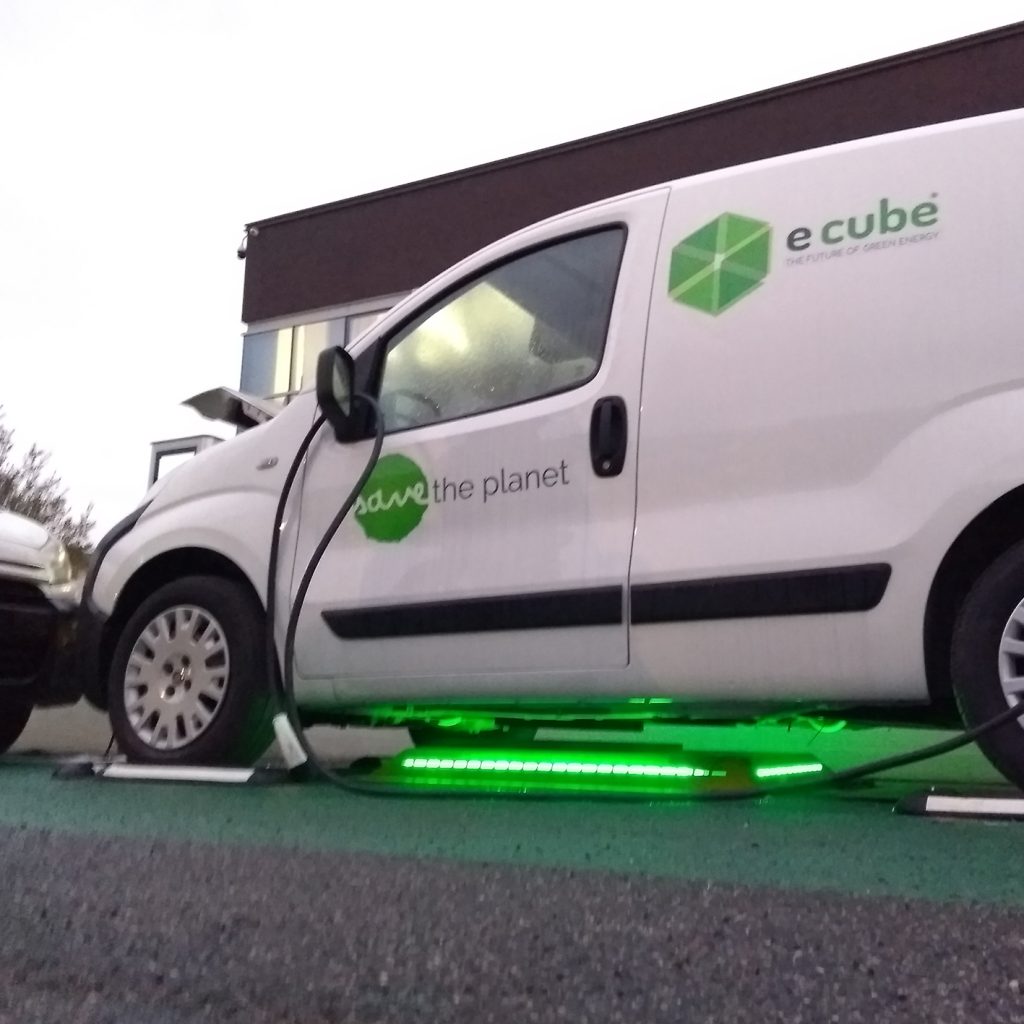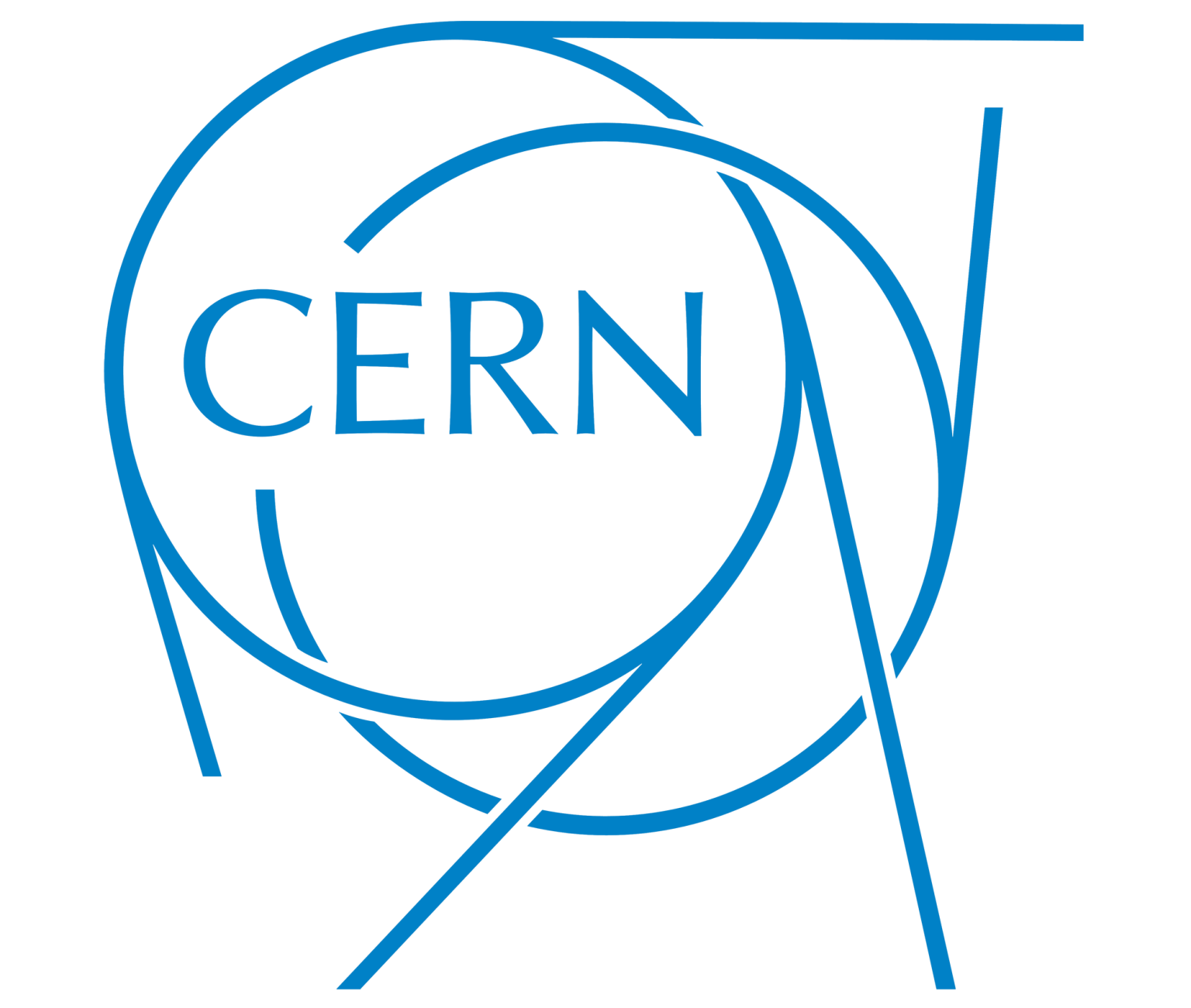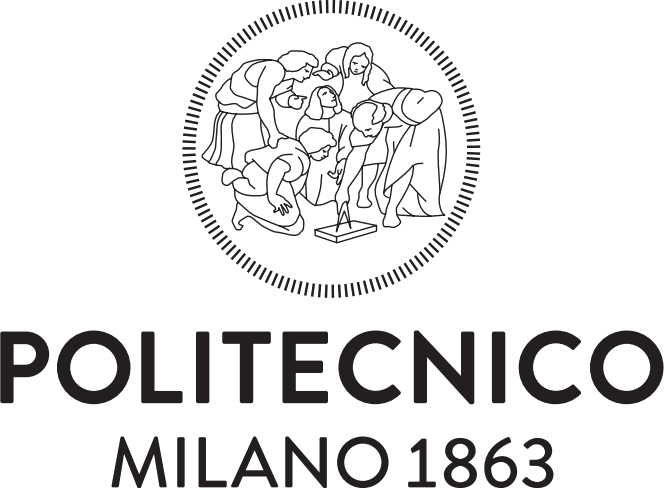SEED.
Applicazioni
Ricarica bidirezionale di veicoli elettrici e energy management per ambiente domestico, industriale e comunità energetiche
Valore
SEED è il primo hub di gestione energetica integrata sviluppato secondo un approccio olistico. Ottimizza gli scambi energetici degli utenti nel contesto domestico e industriale, compresa la ricarica bidirezionale dei veicoli e la produzione da pannelli fotovoltaici, ottimizzando i flussi energetici, massimizzando il consumo di energia in loco e limitando le conversioni di potenza
Tecnologia
Ricarica Bidirezionale, Smart Power Management, misura smart dell’energia, Internet of energy
- Ottimizzazione dei flussi energetici
- Fonti rinnovabili intermittenti
- Favorire il consumo locale dell'energia
Problema
Il crescente fabbisogno di energia elettrica (legato ad esempio alla mobilità elettrica), la necessità di gestire le fonti rinnovabili intermittenti, l’esigenza di evitare il sovraccarico delle reti di distribuzione di energia elettrica: sono solo alcuni dei temi che fanno della gestione dell’energia una delle principali sfide per lo sviluppo globale dei prossimi anni e per la decarbonizzazione delle attività umane.
Soluzione
SEED è un sistema che consente la ricarica bidirezionale dei veicoli elettrici secondo lo standard ISO 15118-20 e permette di ottimizzare i flussi di energia tra i dispositivi a cui è collegato: ad esempio, consente di ricaricare i veicoli elettrici fuori dagli orari di punta e poi, utilizzandoli come sistemi di accumulo statico delle batterie, di reimmettere energia quando necessario, localmente o sulla rete. Grazie alla possibilità di acquisire dati da contatori intelligenti esterni e di interfacciarsi con piattaforme di gestione cloud, SEED può ottimizzare i flussi di energia tra i nodi di una rete elettrica, ad esempio favorendo la ricarica con energia rinnovabile prodotta in loco o all’interno di una comunità energetica.
L’interconnessione di diversi dispositivi SEED permette di creare stazioni multi-punto con tecnologia Smart Power Management.
SEED è un sistema interamente sviluppato e realizzato da S&H.
Condividi questo progetto
Possiamo fare questo e altro per le sfide future di gestione dell'energia.
Soluzioni correlate
Collaborazioni
S&h ha realizzato progetti in collaborazione con importanti università e aziende, tra cui: CERN, Università degli Studi di Milano, Politecnico di Milano, BRIN e Studio Palmanova 28.


